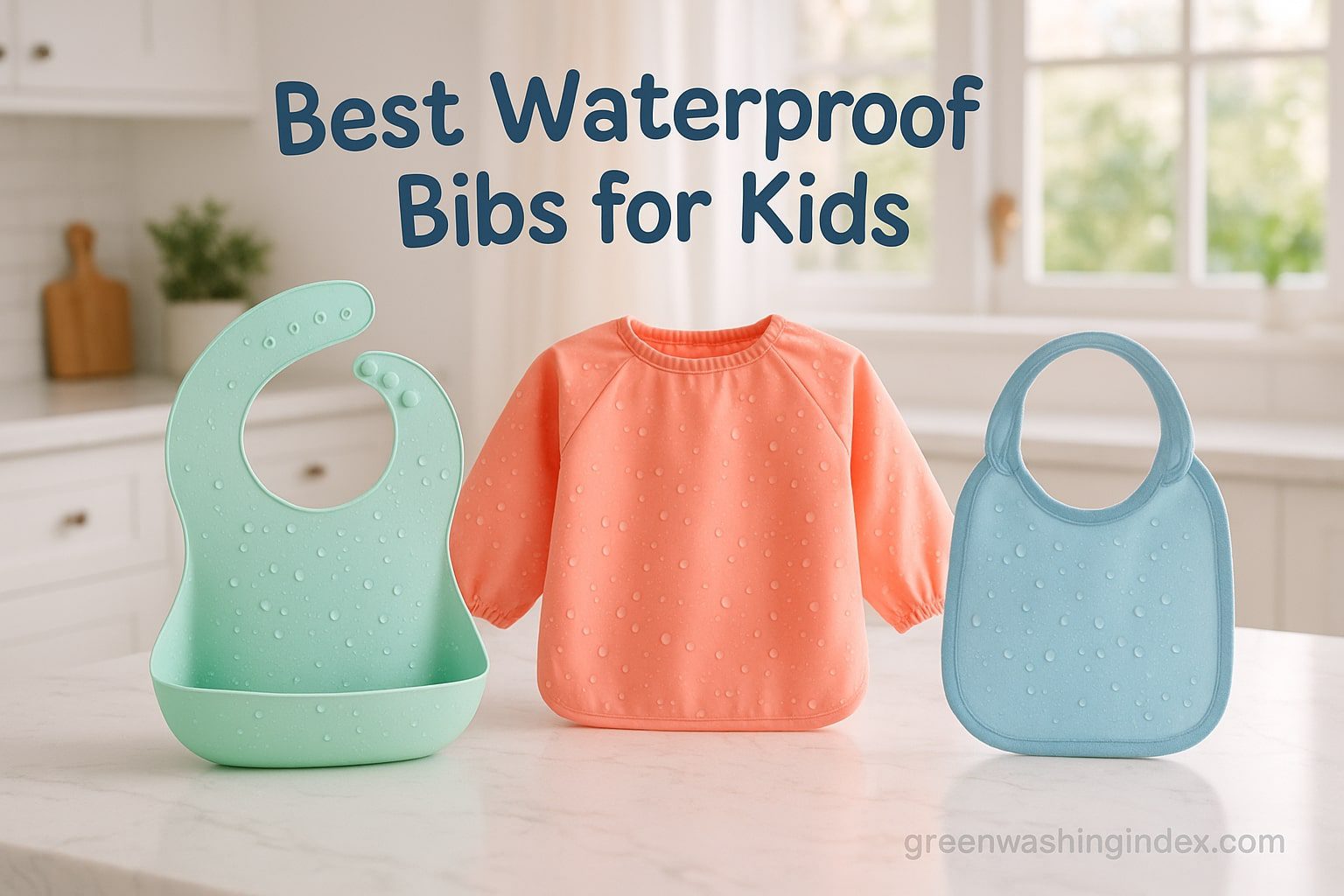
Have you ever wondered if anyone can grow a green thumb indoors? The answer is yes! With simple steps, even beginners can grow plants that make their homes lively and fresh. Choose plants that like your home’s light, like spider plants or snake plants. Water them just enough, and watch them grow strong.
Soon, your space will feel like a mini jungle.
Tired of dull rooms? Indoor plants can change that! They clean the air and add color. Start with easy plants and learn how to care for them. You’ll feel proud as they thrive.
Ready to grow your own green space? Let’s begin!
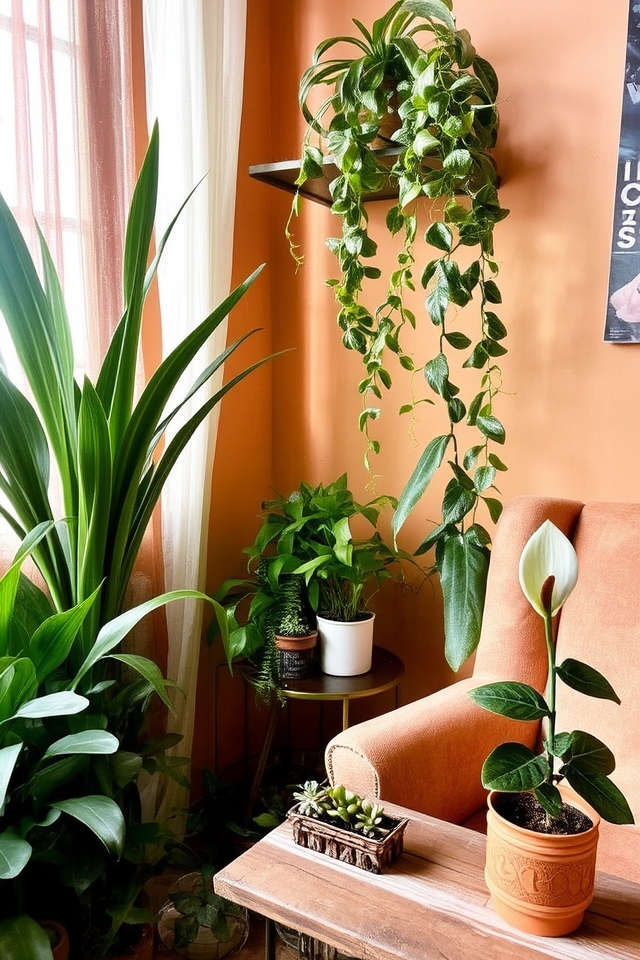
When selecting plants for indoor gardening, consider factors such as light availability, humidity levels, and your personal care preferences. Low-light areas may benefit from hardy options like snake plants or pothos, while brighter spaces can accommodate succulents or peace lilies. Additionally, assess your commitment to plant care; if you’re often busy, opt for low-maintenance varieties. Ultimately, choose plants that not only thrive in your environment but also bring you joy and enhance your living space.
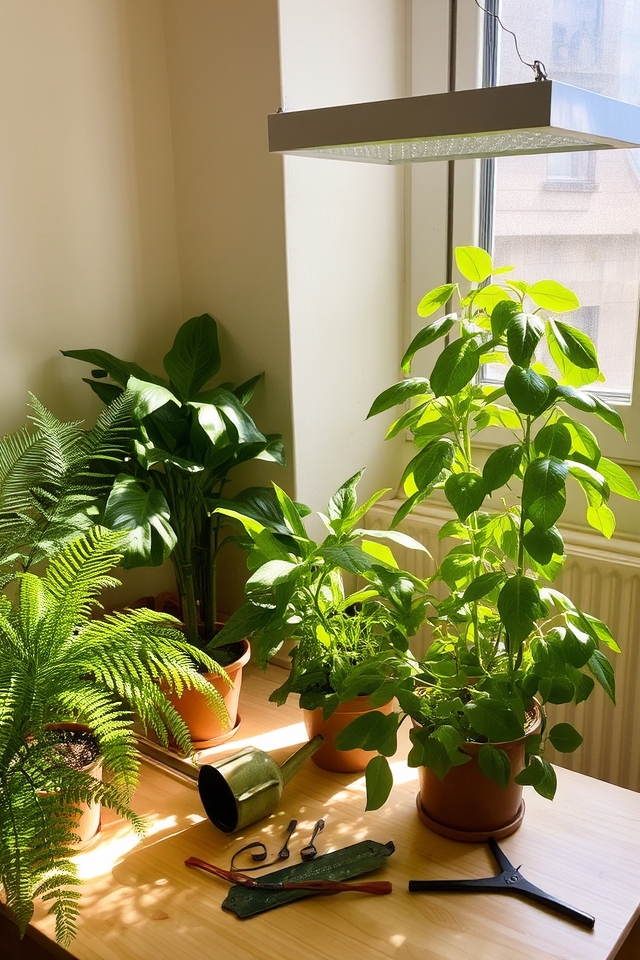
Understanding lighting conditions is essential for successful indoor gardening. Different plants have varying light requirements, ranging from low to bright, indirect sunlight. Evaluate your space by observing natural light patterns throughout the day and identify areas that receive the most light. Consider using grow lights if natural sunlight is insufficient. Proper lighting not only promotes plant growth but also mimics their natural habitat, ensuring they thrive and flourish indoors.
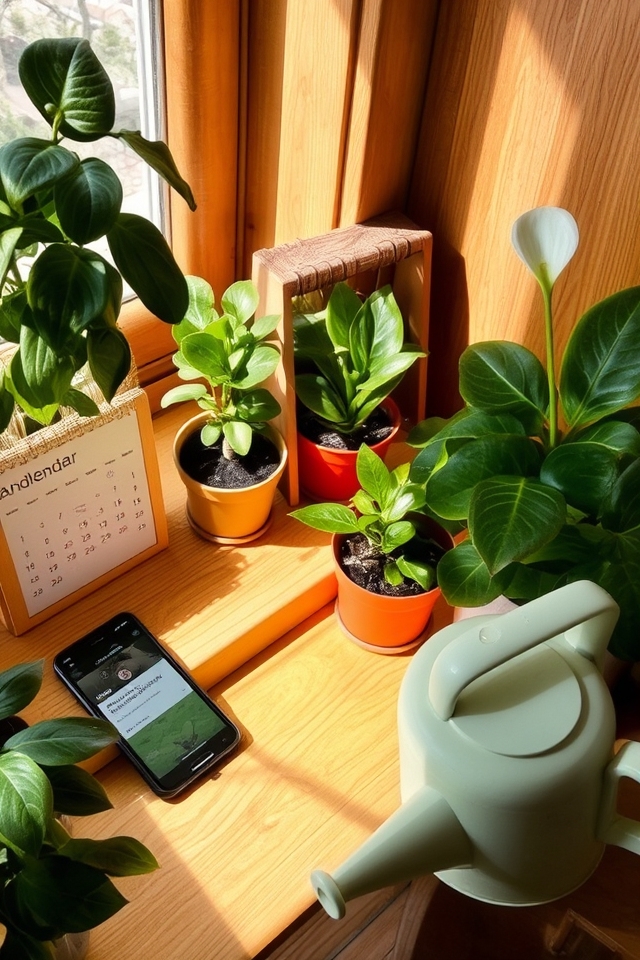
Establishing a consistent watering schedule is vital for indoor gardening success. Regularly checking the moisture level of your plants’ soil can help you determine when to water. Most indoor plants thrive with weekly watering, but it’s important to take into account factors like humidity, temperature, and plant type. Using a calendar or app can help you keep track, ensuring your plants receive the right amount of hydration without the risk of overwatering. Consistency is key to fostering a vibrant indoor garden.
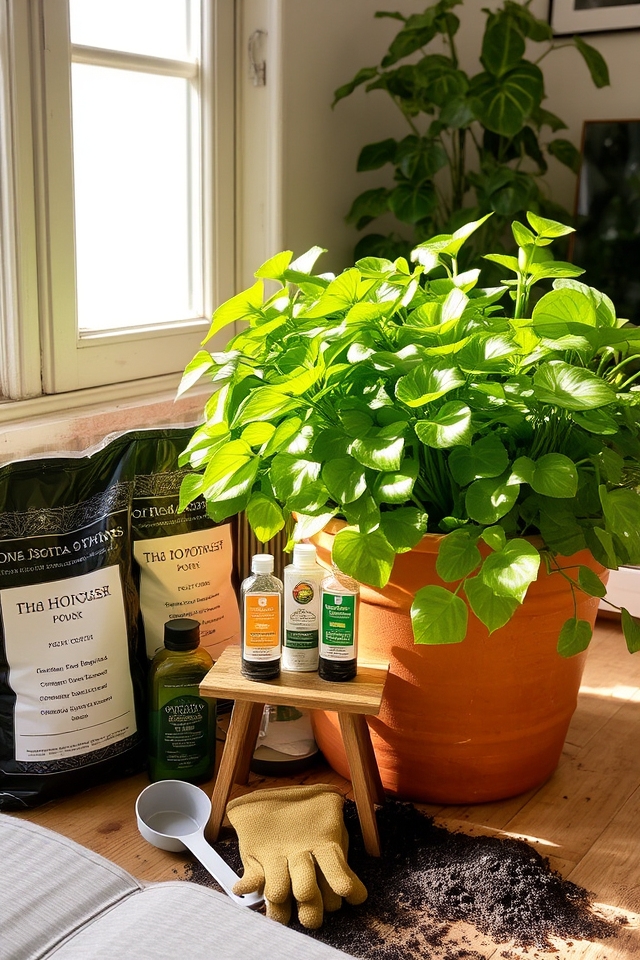
Using quality soil and fertilizers is essential for successful indoor gardening. High-quality soil provides essential nutrients, better drainage, and improved aeration for plant roots, promoting healthier growth. Look for potting mixes specifically designed for indoor plants. Additionally, using organic or slow-release fertilizers can enhance nutrient availability over time. Regularly feeding your plants with the right nutrients helps them thrive, ensuring vibrant foliage and blooming flowers. Always follow the recommended guidelines to avoid over-fertilization.

Proper drainage is essential for indoor gardening as it prevents water from accumulating around the roots, which can lead to rot and other diseases. To achieve this, make certain that your pots have drainage holes and use a well-draining potting mix. Additionally, consider adding a layer of gravel or small stones at the bottom of the pot to further enhance drainage. Regularly check the moisture levels in the soil to maintain a healthy balance for your plants.

Monitoring humidity levels is essential for successful indoor gardening. Most houseplants thrive in humidity levels ranging from 40% to 60%. Low humidity can cause plants to dry out, while overly high humidity may encourage mold and pests. To maintain ideal levels, consider using a hygrometer to measure humidity, and employ methods such as misting or placing a humidifier near your plants. Alternatively, grouping plants together can naturally elevate humidity through transpiration, creating a more favorable environment.

Rotating your plants is essential for promoting even growth and preventing them from leaning towards one side. When plants don’t receive uniform light exposure, they can become weak and elongated on the side facing the light source. By rotating your plants every few weeks, you encourage balanced development and healthier foliage. This practice is especially important for indoor gardens where light sources can be limited or uneven. Remember, a little rotation goes a long way in maintaining vibrant indoor plants!
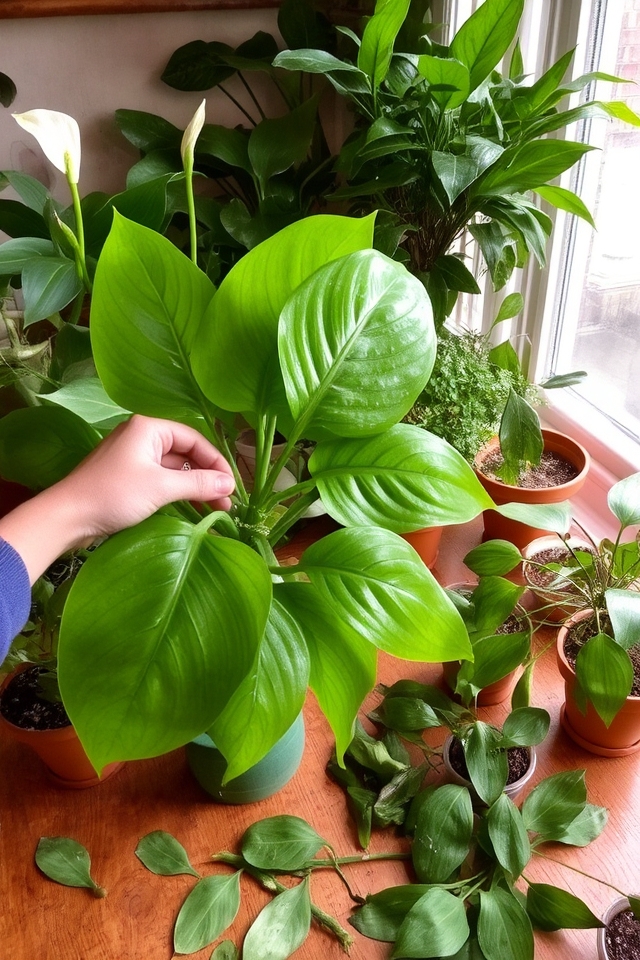
Pruning and grooming your indoor plants regularly is essential for their health and aesthetic appeal. This practice helps remove dead or yellowing leaves, encouraging new growth and preventing disease. Additionally, shaping your plants can enhance their appearance, making them more vibrant and bushy. Regular grooming also allows you to check for pests or other issues that may affect your plants. Aim for a light pruning every few weeks to keep your indoor garden thriving and beautiful.
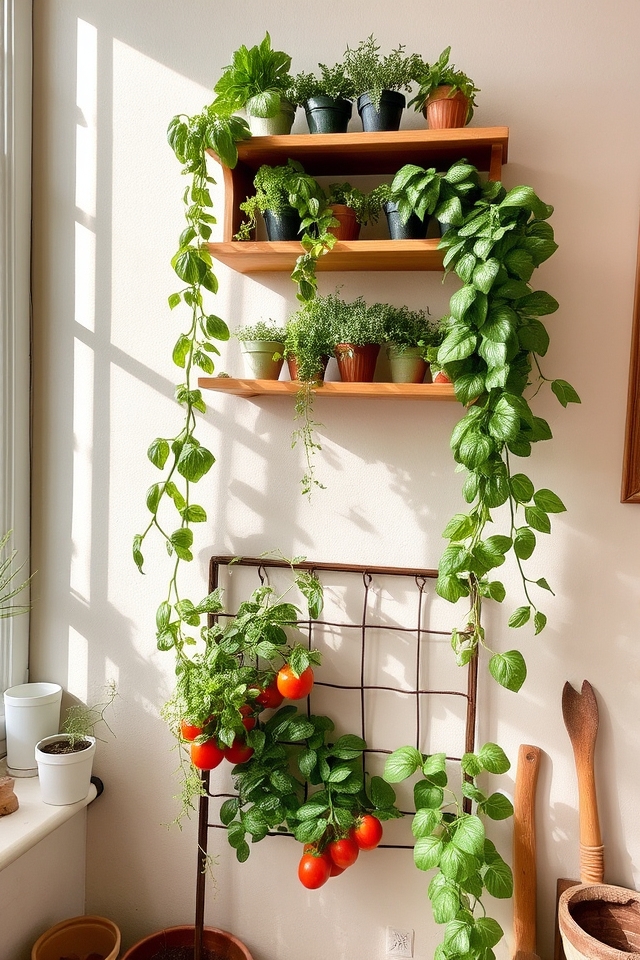
Utilizing vertical space is an excellent strategy for indoor gardening, especially in small areas. Consider installing wall-mounted shelves, pegboards, or hanging planters to maximize growing potential without sacrificing floor space. Climbing plants, like ivy or tomatoes, can be trained to ascend trellises or wall fixtures, adding greenery at different heights. Additionally, vertical gardening systems such as pocket planters allow for a unique display while enabling efficient use of sunlight. This not only enhances aesthetics but also improves air quality indoors.
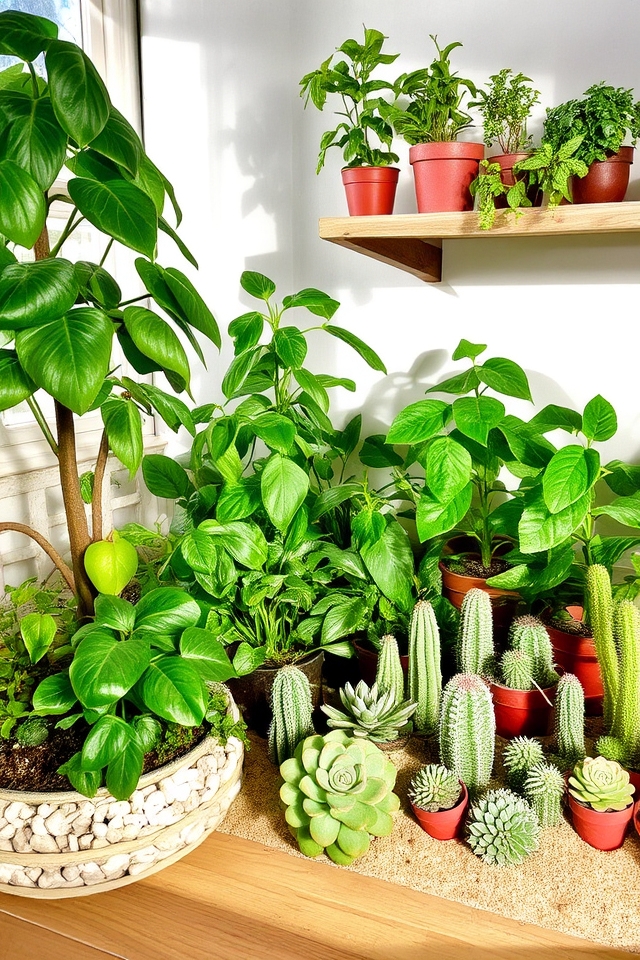
Grouping plants by their needs is essential for successful indoor gardening. Different plants require varying amounts of light, water, and humidity, so categorizing them helps guarantee they thrive. For instance, place tropical plants that love high humidity together, while succulents and cacti, which prefer drier conditions, should be grouped separately. This method not only simplifies care routines but also allows for a more visually appealing arrangement, as plants with similar requirements often complement each other aesthetically.
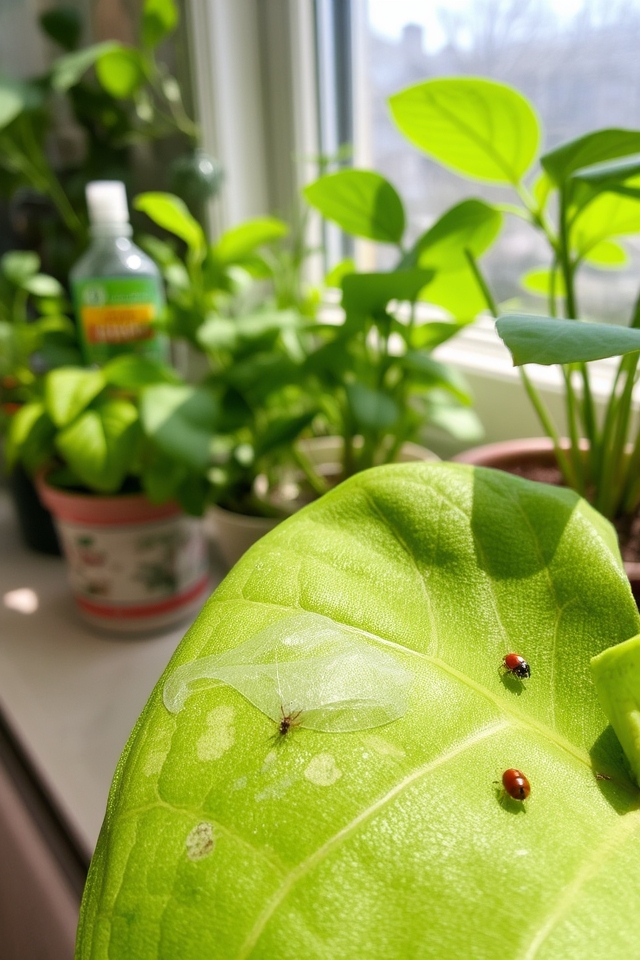
Keeping an eye out for pests is essential for maintaining a healthy indoor garden. Regularly inspect your plants for signs of infestation, such as discolored leaves, webbing, or small insects. Common indoor pests include spider mites, aphids, and mealybugs. If you notice any issues, act quickly by removing affected leaves, using insecticidal soap, or introducing natural predators like ladybugs. Early detection and prompt action can prevent larger infestations and protect your plants’ health.
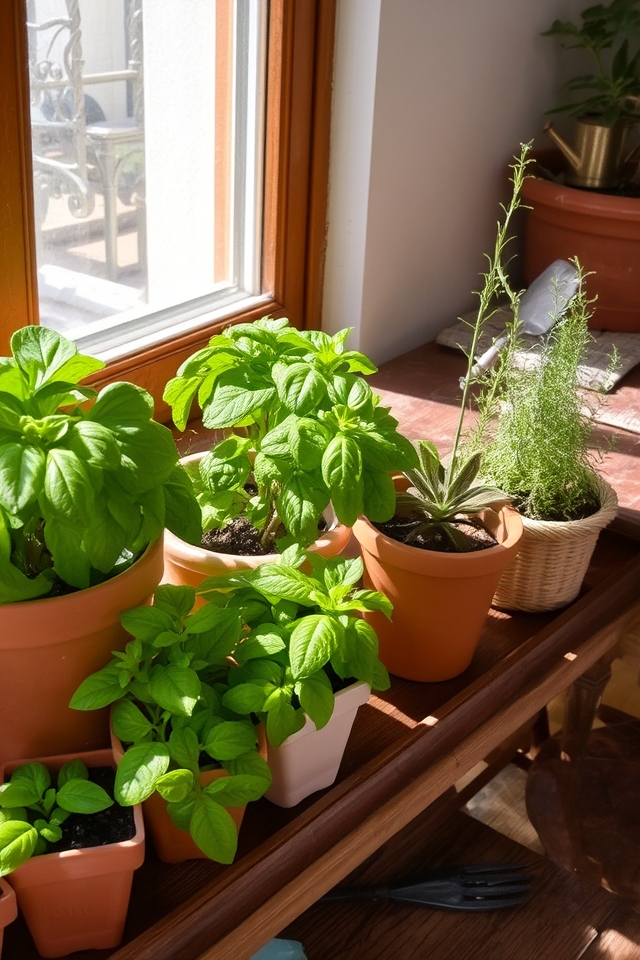
When planning your indoor garden, it’s crucial to take into account plant compatibility to guarantee a harmonious growing environment. Some plants thrive together, sharing similar light, water, and humidity needs, while others may compete for resources or create unsuitable conditions. Grouping compatible plants not only enhances the aesthetic appeal but also promotes healthier growth. Researching the specific requirements of each plant species can help you create a balanced ecosystem that flourishes indoors.
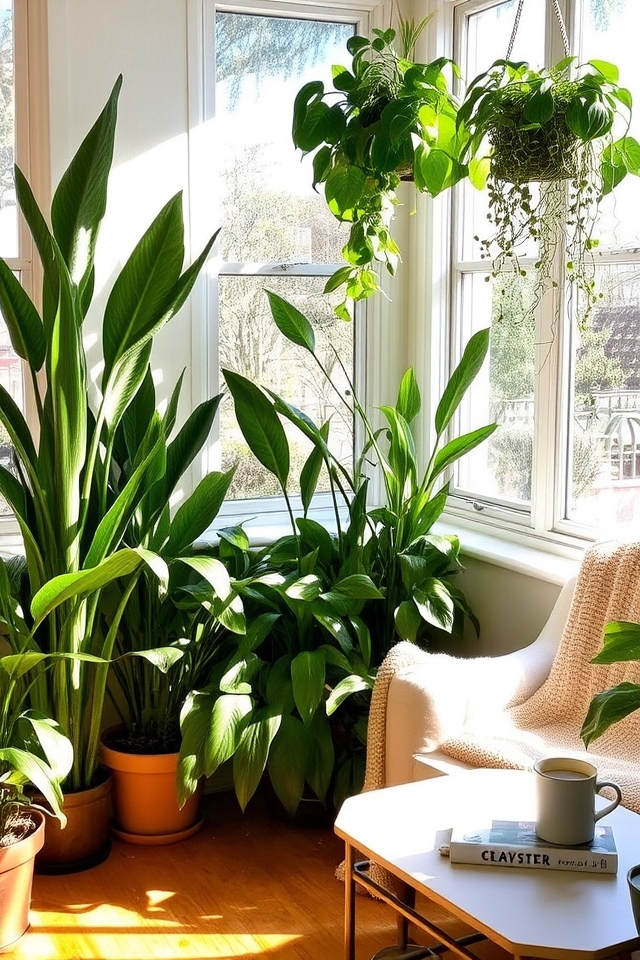
Using natural air purifiers like houseplants can markedly enhance indoor air quality while adding beauty to your space. Plants such as snake plants, peace lilies, and spider plants are known for their ability to absorb toxins and release oxygen, creating a healthier environment. Additionally, they can help regulate humidity levels and reduce stress. Incorporating a variety of plants throughout your home not only purifies the air but also promotes a calming and inviting atmosphere.
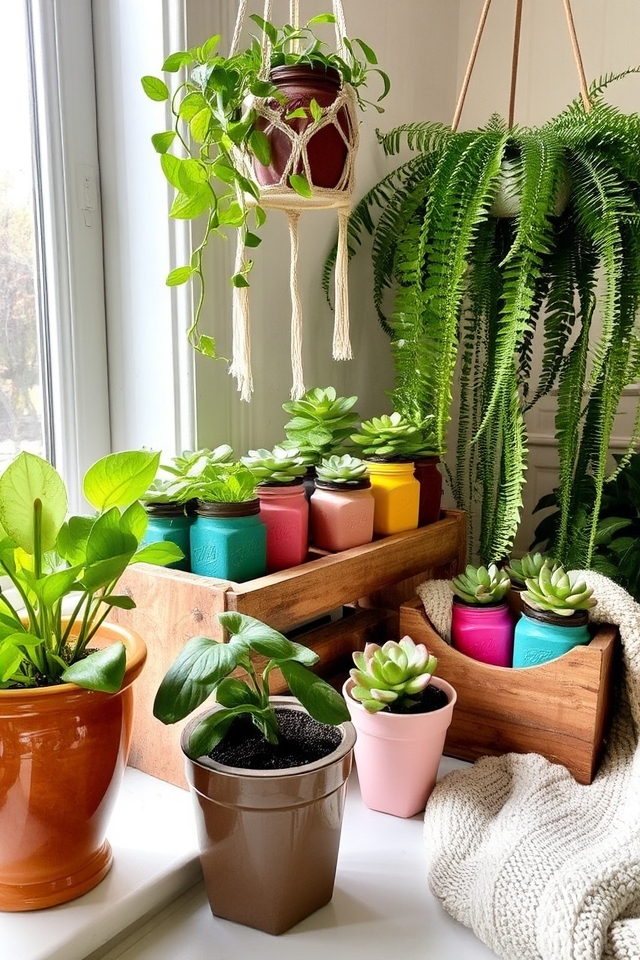
When it comes to indoor gardening, the type of container you choose can greatly impact your plants’ growth and aesthetics. Experimenting with various containers—such as ceramic pots, hanging baskets, or repurposed items like mason jars—allows you to express creativity while meeting your plants’ needs. Make sure each container has adequate drainage holes and is the appropriate size for your plant. Mixing textures and colors can also enhance your indoor space, creating a vibrant and inviting atmosphere.
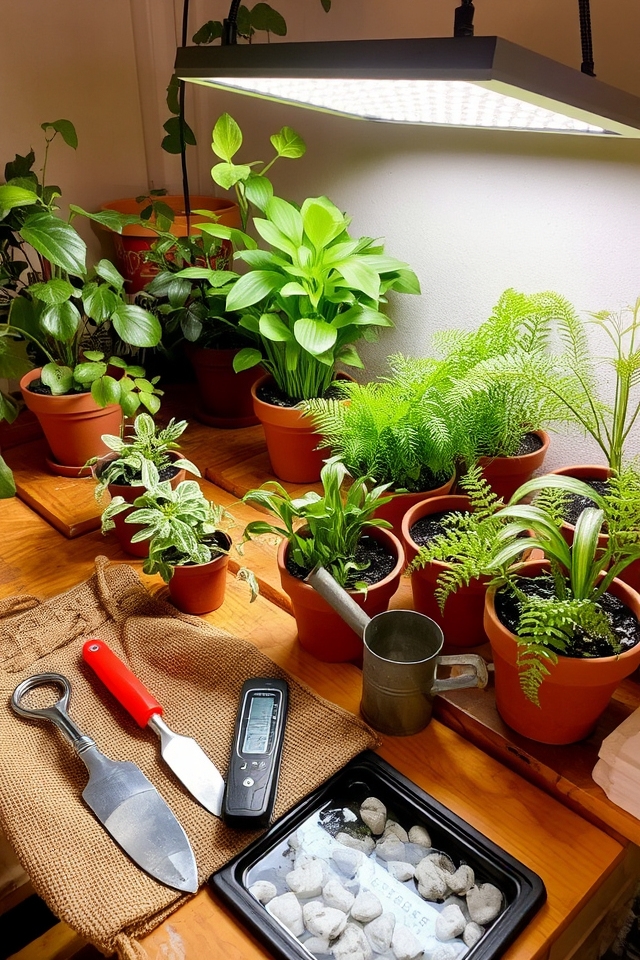
Incorporating the right indoor gardening tools can greatly enhance your gardening experience. Basic tools like trowels, pruning shears, and watering cans are essential for plant care. Soil moisture meters and pH testers help guarantee ideal growing conditions. Consider investing in grow lights for plants that require more sunlight and humidity trays for maintaining moisture levels. By utilizing these tools, you can create a thriving indoor garden that fosters healthy plants and a lush atmosphere in your home.

Adjusting for seasonal changes is vital for successful indoor gardening. As daylight and temperature fluctuate, your plants may need different care throughout the year. In warmer months, make certain they receive ample sunlight and consider increasing watering frequency, while in cooler months, you might need to reduce watering and rotate plants to maximize light exposure. Keep an eye on humidity levels, as heating systems can dry out the air in winter, and use a humidifier or pebble trays to maintain a healthy environment.
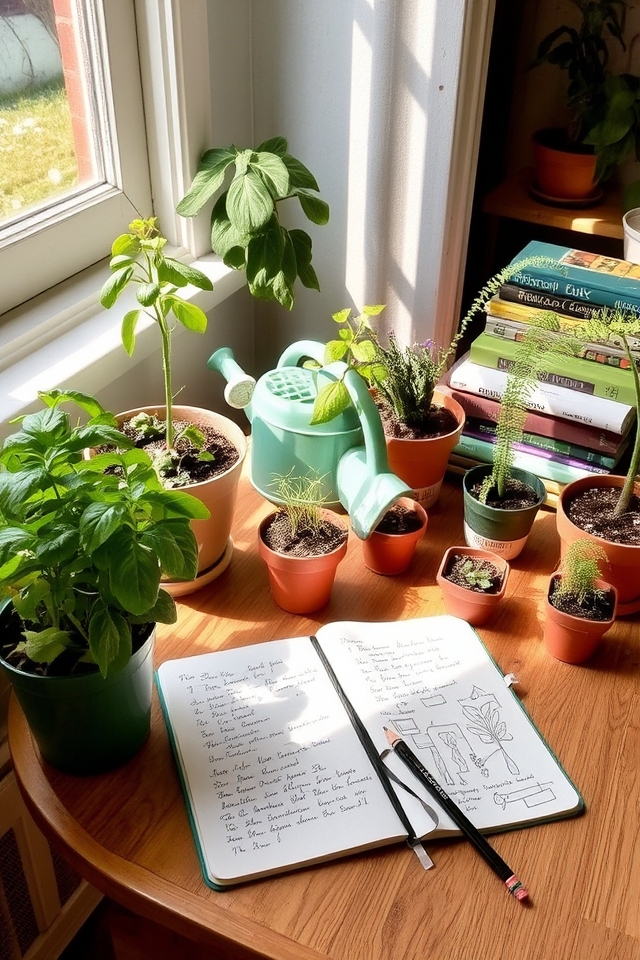
Indoor gardening is not just about the end result; it’s a journey filled with discovery and growth. As you nurture your plants, take the time to observe their development and respond to their needs. Each plant will teach you something new—whether it’s the importance of light, water, or soil. Embrace the mistakes and successes alike, as they are all part of the learning process. Enjoy each moment spent with your greenery, and let your indoor garden flourish alongside your gardening skills.
In the world of indoor gardening, the proof of the pudding is in the eating. By following these 17 easy tips, you’ll not only create a lush and beautiful environment but also cultivate a deeper connection with nature. Remember to be patient and enjoy the journey as your plants flourish. With the right care, your indoor garden can thrive, becoming a source of joy and tranquility in your home. So, roll up your sleeves and get growing!

Don't let aphids, slugs, and caterpillars ruin another plant. Take back control with simple, natural methods that actually work.